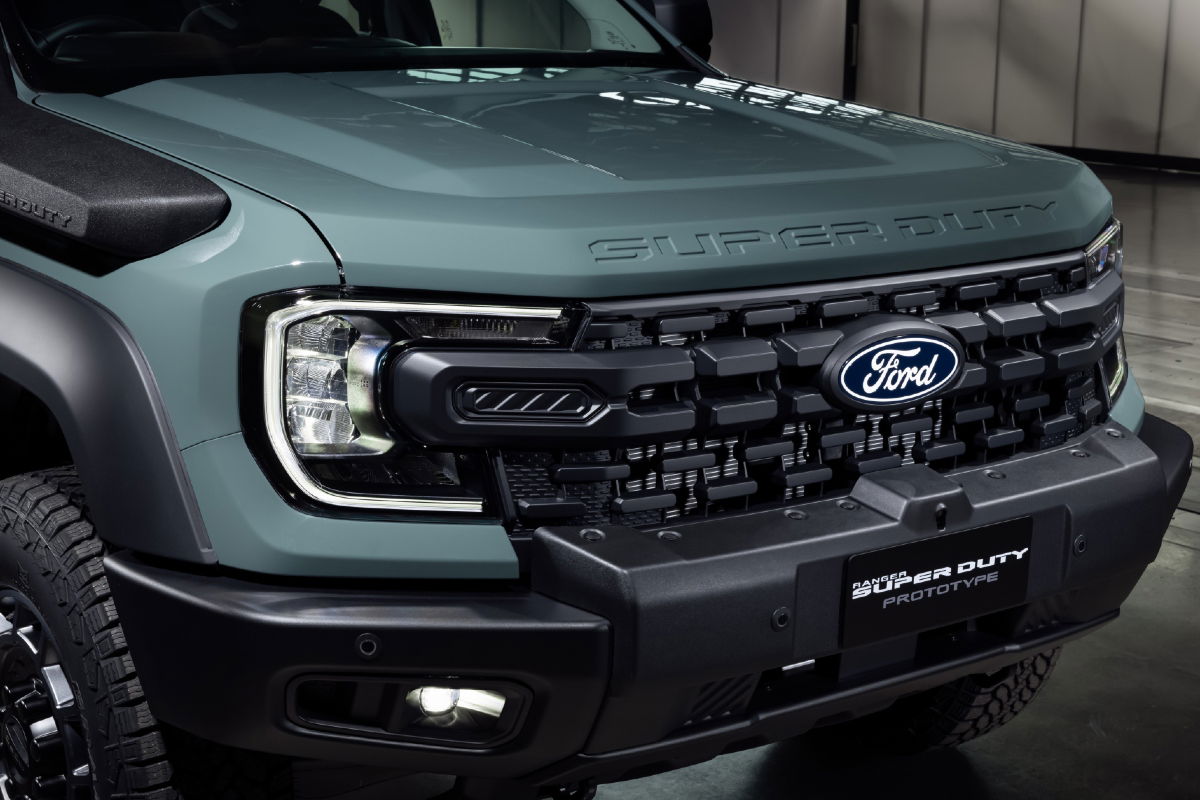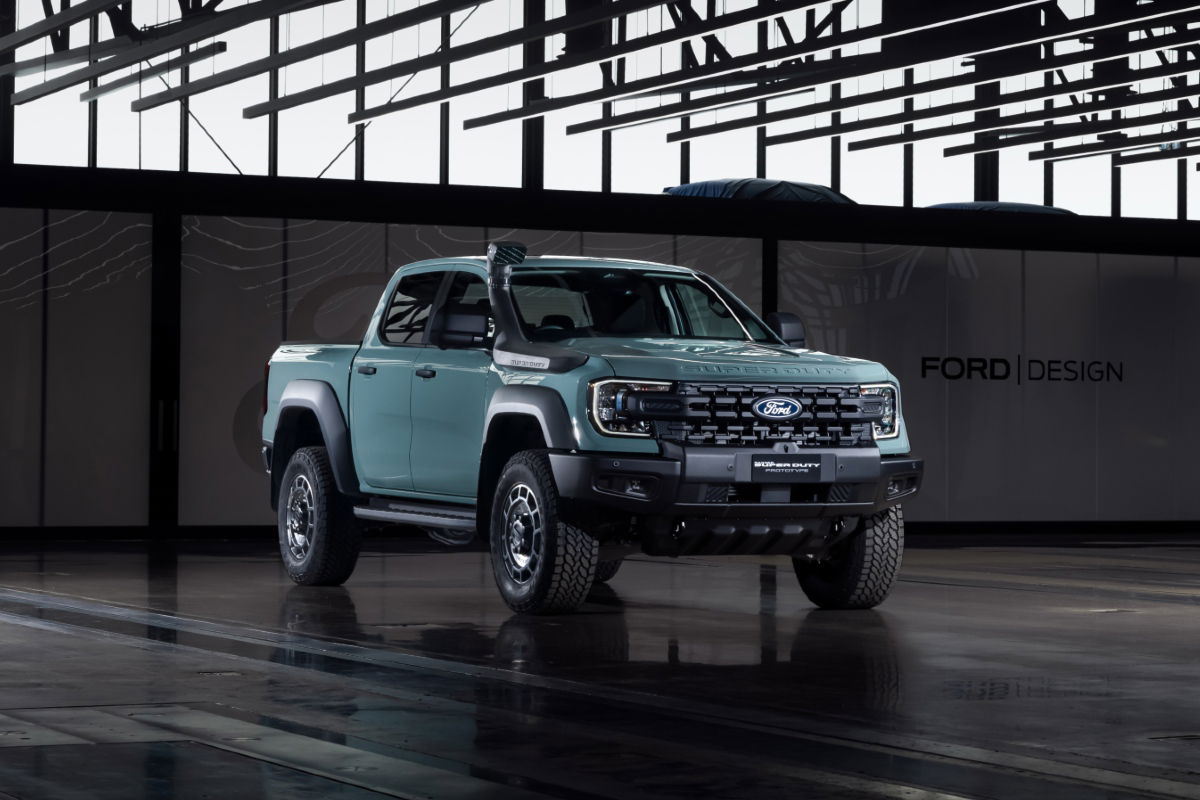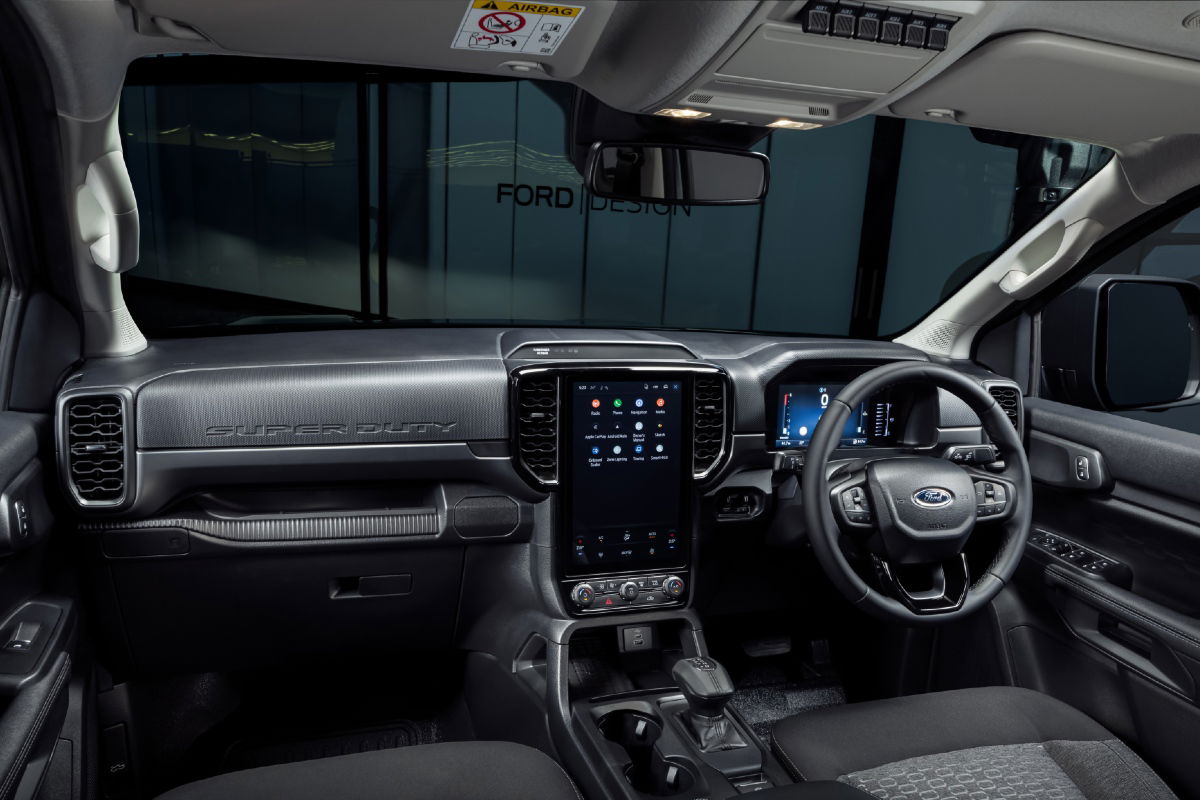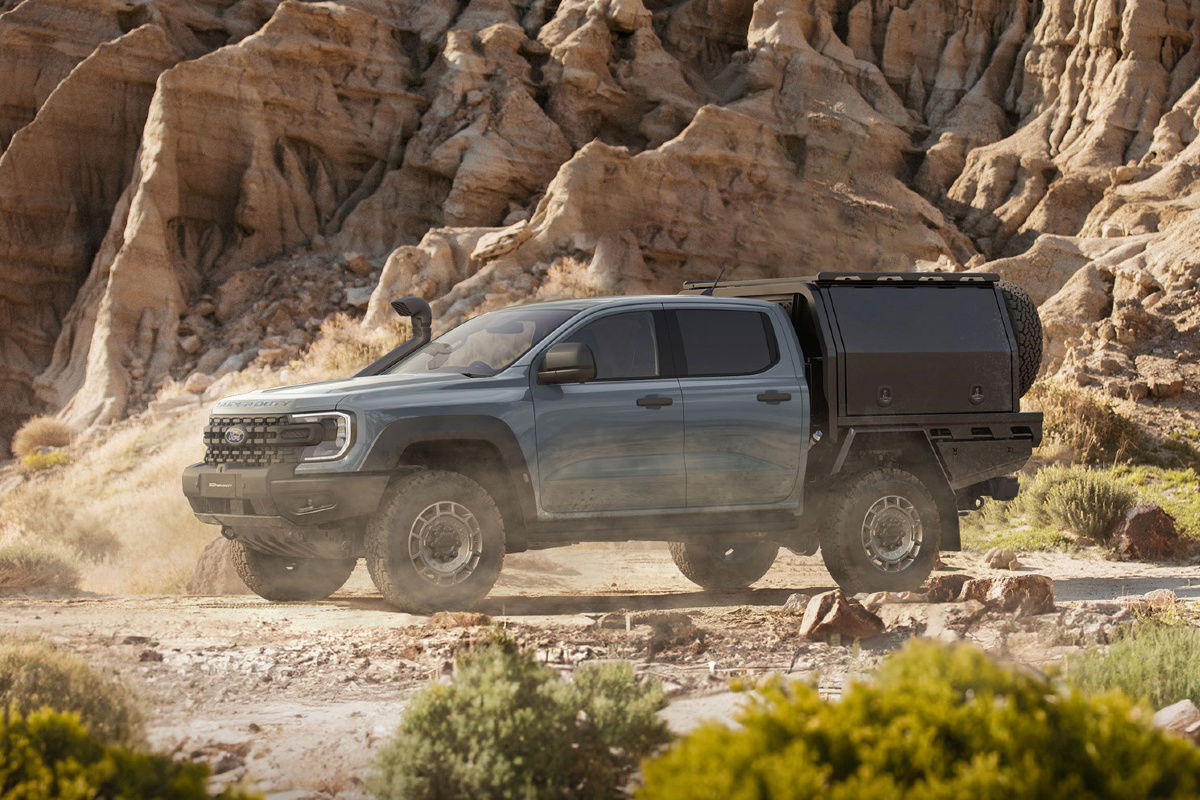
Ford’s new Ranger Super Duty has been built so tough that humans couldn’t even test it to its extremes. The company had to use autonomous driving robots to really put the Super Duty through enough punishment to ensure it would meet customers needs.
Ford would run the Super Duty around the clock for a week at its You Yangs Proving Grounds Silver Creek, a test designed to simulate a rocky, dry riverbed. Because of the demanding and non-stop nature, specially developed robots were brought in to handle the test driving.
“Our Silver Creek and autonomous driving robots were designed and developed in North America for the testing and development of the original F-Series Super Duty and have been a part of global Built Ford Tough testing ever since,” explained Jim Baumbick, vice president, advanced product development, cycle planning and programs, Ford Motor Company.

And that was not the only over-the-top extreme experiment the Ranger Super Duty was put through, because Ford is aiming the new model at some of the toughest jobs in the country including working in mines and remote outback areas.
“We listened to what the hardest working fleet operators told us they needed to be more productive, and we’ve developed a Ranger with heavy-duty hardware and enhanced capability to stay on the job longer and help get it done sooner,” said Baumbick. “We are taking global mid-size truck capability to a whole new level, straight from the factory.”
Super Duty has been exclusive to the F-Series trucks in America until now, so the testing was tough to ensure it lived up to the hard-earned reputation for Ford’s most extreme utes.

“We torture test our trucks to earn the name Super Duty,” Baumbick said. “For instance, to make sure Ranger Super Duty is ready for almost any work environment, we created an even tougher mud pack test to simulate mine work. Ranger Super Duty had to continue working, even with 600 kilograms of mud stuck to the bottom of the truck.”
The result is a Ranger that offers a 4500kg towing capacity, 4500kg gross vehicle mass (GVM) and an 8000kg gross combined mass. There’s also a 130-litre long-range fuel tank, protected by steel shielding, as well as other underbody protection.
The Super Duty is powered by Ford’s 3.0-litre V6 turbo diesel engine, which has been engineered to meet future emissions requirements, ensuring this new model has a future in both Australia and other markets around the world.

It comes with a range of features designed to make hard work easier, including on-board scales, a sealed snorkel, front and rear diff locks, heavy-duty axles as well as changes to the suspension and chassis compared to the rest of the Ranger range.
Ford will launch the Ranger Super Duty in 2026 with Single, Super and Double Cab Chassis variants, before a Double Cab with style-side box is added by mid-2026. It will be available in two trim levels, the standard Ranger Super Duty and the Super Duty XLT.
Australians will get first shot at the newest Ranger, with the order books to open by the end of 2025, before international markets, including Thailand where it will be built, get their chance.












Discussion about this post